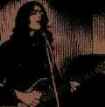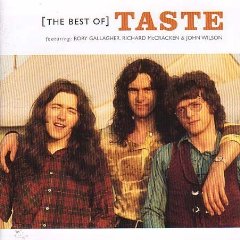To
Join
The
Loop Mailing & Discussion List

 The Best of Taste
The Best of Taste|
To
Join
The
Loop Mailing & Discussion List  |
|
|
|
|
| Back to previous
article |
| Forward to next article |